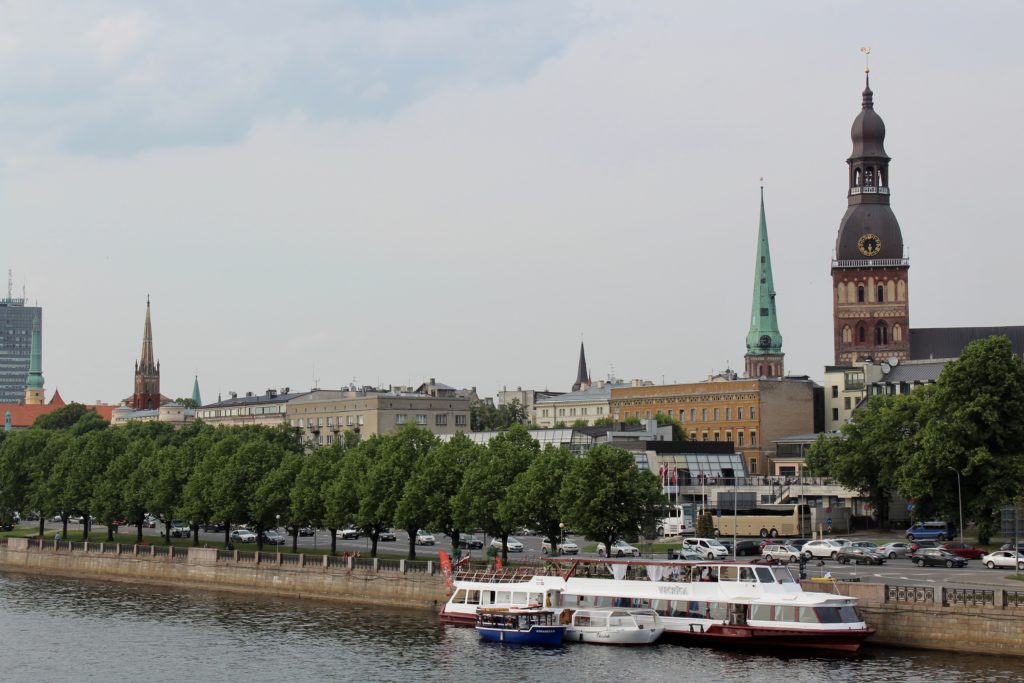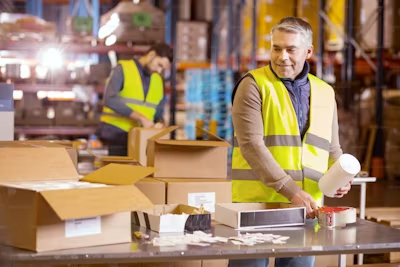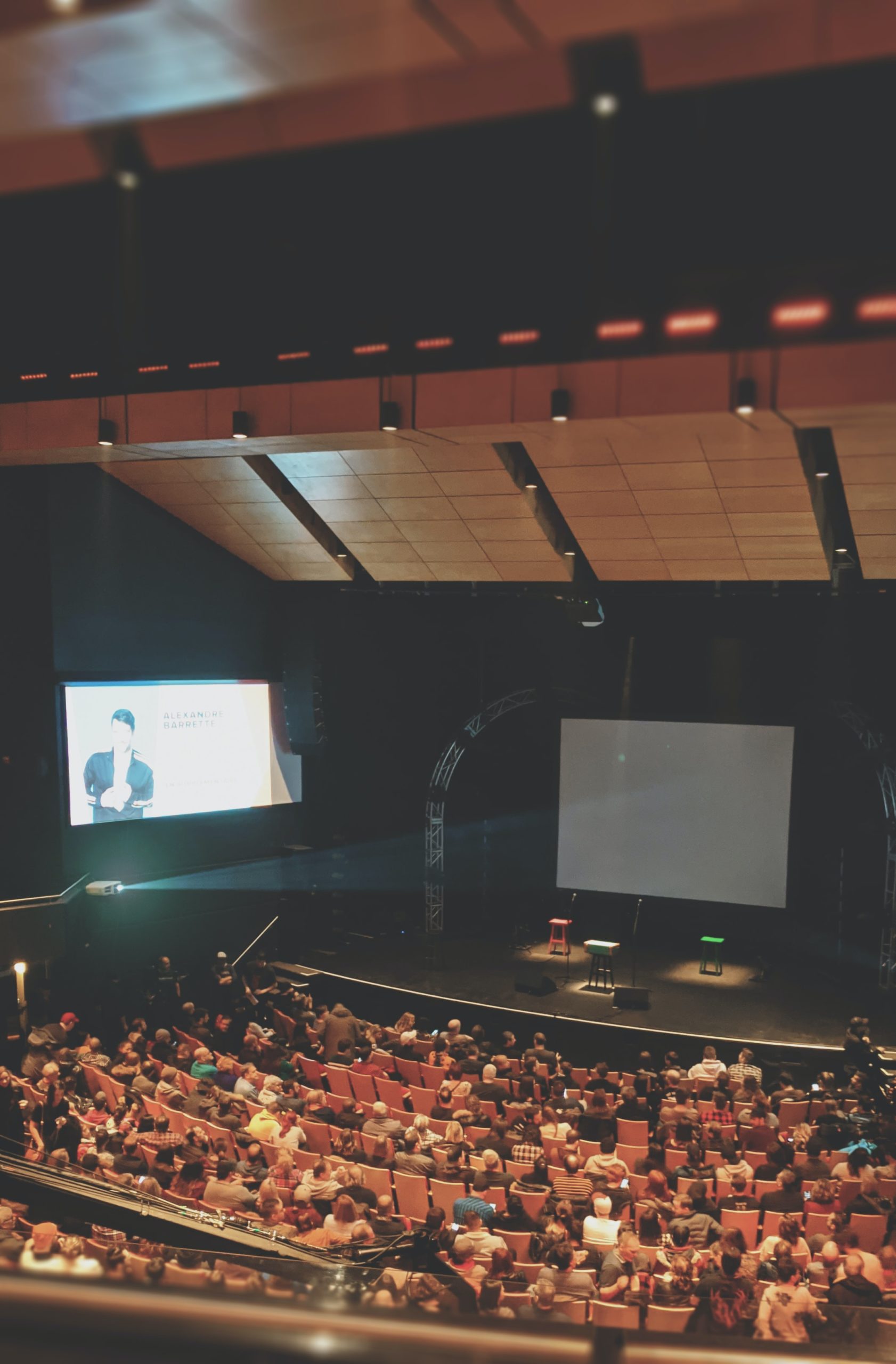It’s hardly surprising that green architecture is continuing to gain popularity given how much the globe cares about the environment. From residential buildings to business facilities, architects are learning new eco-friendly design techniques to protect the environment while minimizing our carbon impact. Although still in its early phases of development, Latvia’s green construction and architectural industry is expanding quickly. The building industry is seen as a major area for reaching the lofty objectives set by the Latvian government for lowering greenhouse gas emissions.

Factors driving the growth of the Latvian green building and architecture sector
The Latvian eco-friendly building and architectural industries are expanding as a result of several factors. These comprise:
Government support
The Latvian government has a variety of laws and initiatives in place that encourage eco-friendly construction. These include tax breaks, grants, and loans for green building projects.
People’s awareness
The public in Latvia is becoming more and more aware of the value of green construction. The government’s initiatives to encourage green construction and the growing accessibility of knowledge about it both play a role in this.
Technology innovation
Green construction is becoming more accessible and less expensive thanks to a variety of innovative technologies. Solar power, rainwater collection systems, and energy-efficient construction materials are some of these technologies.
Opportunities in the Latvian eco-friendly building and architecture sector
There are several prospects for firms and people in Latvia’s green construction and architectural industries. Among these possibilities are:
Eco-friendly building design and construction
Buildings that are ecologically sustainable, energy-efficient, and resource-efficient are created via the design and construction of green buildings. The chance to specialize in sustainable building techniques is available to architects, engineers, and construction companies. Elements like effective insulation, renewable energy systems, rainwater collection, and natural lighting are part of it. Residential residences, business buildings, public structures, and infrastructure projects may all be designed using eco-friendly materials. This industry provides the opportunity to design advanced, ecologically responsible facilities that support a sustainable future.
Providing green building consulting services
Eco-friendly building consultancy services are essential in pointing customers in the direction of sustainable construction methods. Consultants provide knowledge on waste management, energy efficiency techniques, green building certifications (such as LEED and BREEAM), sustainable design methods, and overall sustainability objectives. To assist customers in navigating the challenges of eco-friendly construction, companies, and individuals might set up consulting businesses or act as independent consultants. Pre-construction planning, project management, and post-construction evaluations may all be included in consulting services to make sure sustainability goals are being met.
Creating and researching innovative green construction technologies
Continuous innovation and technology improvements are essential to the eco-friendly building industry’s success. Opportunities for research and development (R&D) exist for people and firms to investigate and develop innovative eco-friendly building technologies. This entails strengthening waste management techniques, producing sustainable materials, enhancing energy-efficient systems, and maximizing the integration of renewable energy sources. By extending the bounds of sustainability, minimizing environmental damage, and fostering energy independence, R&D activities aid in the development of the eco-friendly construction sector.
Educating and training people about eco-friendly structures
Green building education is necessary for both experts and the general public due to the expanding need for sustainable construction methods. There are opportunities for individuals to work as instructors or trainers in eco-friendly construction practices, sustainable design ideas, and environmental stewardship. For architects, engineers, constructors, and students, this may include holding workshops, seminars, and training sessions. These individuals help establish a competent workforce capable of bringing sustainable construction methods into actuality by sharing their knowledge and experience.
Resources
There are materials available to get you started if you’re interested in Latvian eco-friendly architecture and construction. These comprise:
The LGB
Green construction is promoted in Latvia by the LGB (Latvian Green Building Council), a nonprofit organization. The LGB helps link organizations and people involved in this subject, as well as providing information and training on eco-friendly building.
The ministry of environment
In Latvia, environmental policy development and implementation are within the purview of the Ministry of Environment. Programs and initiatives that encourage green construction are available from the Ministry of the Environment.
The world green building council (WorldGBC)
An international group that supports eco-friendly construction is called the WorldGBC. On its website, the WorldGBC provides many resources, including details on green building certification schemes and standards.
You can also find these articles helpful
Food and beverage production market overview in Latvia
Green technology market overview in Latvia
The electronic declaration system in Latvia explained







